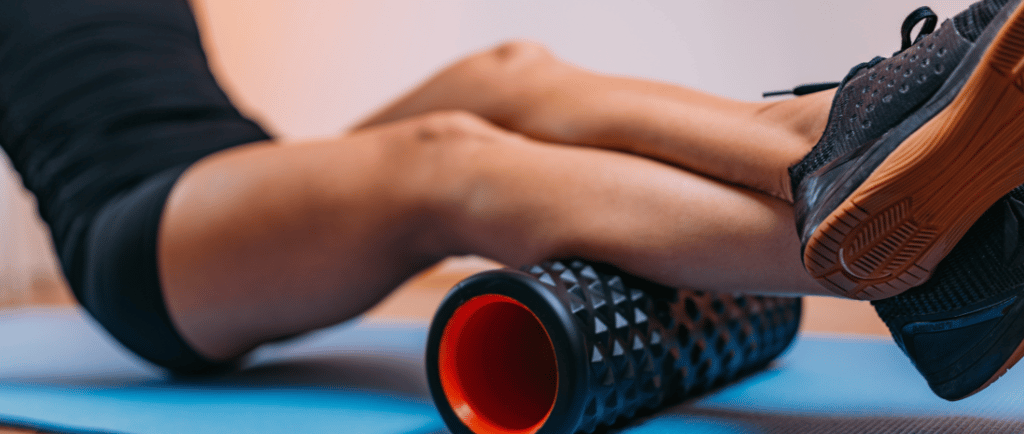Secrets of Foam Rolling
Hold steady while we delve into the effectiveness of various foam rolling (FR) durations on muscle strength, flexibility, and pain relief. Contrary to expectations, the study suggests that FR duration, whether fast or slow, doesn't significantly impact immediate improvements in range of motion (ROM), pain pressure threshold (PPT), or muscle strength. However, it highlights that FR interventions can sustainably enhance ROM and reduce tissue hardness for up to an hour post-treatment, advocating for its incorporation into warm-up routines for athletes and rehabilitation programs.
Kevin Schoonmaker
3/29/20242 min read


Do you often feel like your muscles need a little extra TLC before hitting the gym or the field? Perhaps you've heard about foam rolling and its benefits but wonder about the best way to incorporate it into your routine. Well, we've delved deep into the latest research to uncover how the duration of your foam rolling session might impact its effectiveness as a warm-up method.
Foam rolling, also known as self-myofascial release, has gained popularity for its ability to increase range of motion (ROM) without compromising muscle strength or performance. Additionally, it's been shown to reduce tissue hardness and alleviate pain associated with muscle soreness and post-operative recovery. With such promising benefits, it's no wonder foam rolling has become a staple in both sports and rehabilitation settings.
But here's the burning question: does the duration of your foam rolling session matter? Recent studies have shed light on this topic, revealing intriguing insights into how different rolling durations affect various outcomes.
One study compared three foam rolling durations – fast, medium, and slow – and examined their acute and prolonged effects on measures such as maximal voluntary concentric contractions (MVC-CON), ROM, pain pressure threshold (PPT), and tissue hardness of the knee extensors. The results were fascinating.
Acute effects of foam rolling showed that regardless of rolling duration, there were immediate increases in ROM, PPT, and MVC-CON torque, along with decreased tissue hardness. However, the prolonged effects were equally impressive. ROM remained elevated for up to 60 minutes post-foam rolling, while tissue hardness continued to decrease during the same period. These findings suggest that foam rolling can have lasting benefits on muscle flexibility and tissue quality, making it a valuable addition to warm-up routines.
Interestingly, the study found no significant differences in outcomes between different rolling durations. Whether you opt for a quick two-second roll or a leisurely 12-second roll, the effects on ROM, PPT, and muscle performance were comparable. This suggests that you have flexibility in tailoring your foam rolling routine to suit your preferences and time constraints without sacrificing effectiveness.
So, what does this mean for you? If you're looking to optimize your warm-up routine, incorporating foam rolling for just 30 seconds could provide immediate benefits in terms of increased ROM and reduced muscle stiffness. Moreover, these benefits can persist for up to 60 minutes post-foam rolling, allowing you to perform at your best during your workout or game.
In conclusion, foam rolling is a versatile tool that can enhance your warm-up experience and improve muscle function. Whether you're a professional athlete or a fitness enthusiast, experimenting with different rolling durations can help you find what works best for you. So, why not roll your way to better performance and flexibility? Your muscles will thank you for it!
Ready to unlock the potential of foam rolling in your warm-up routine? Let The Pain Relief Center help. Give it a try and experience the difference for yourself. Your journey to improved performance starts here!
Join the Wellness Community Now
Your health is personal—we respect your privacy and never share your email.
